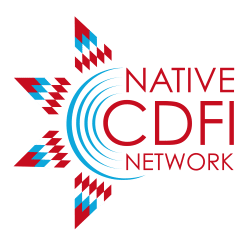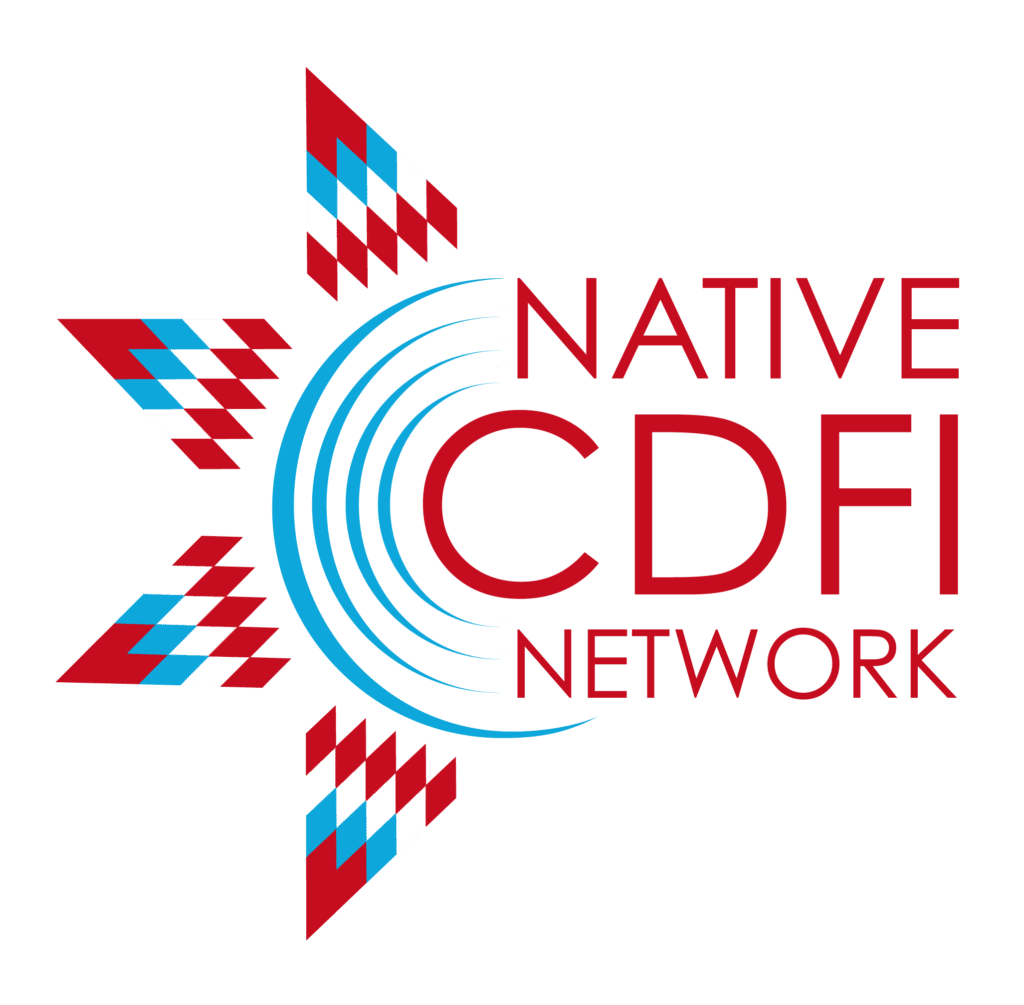Across more than two thousand square miles of Blackfeet Indian Reservation land at the edge of northern Montana, you’ll find a wealth of Native people dreaming of owning their own home. But with few mainstream banks doing much business on or near the reservation, Blackfeet Nation’s citizens struggle to get the home loans they need. It’s a credit access problem that’s persisted for generations.
Native Community Development Financial Institutions like NACDC Financial Services, a NCDFI on the reservation in Browning, MT, are making notable progress even at their smaller scale. But they can’t do it alone. Addressing the vast backlog of unmet Native homeownership interest requires tapping into more financial and technical resources. These enterprising local lenders are calling on their mainstream bank counterparts to help them meet the long-overlooked credit needs of 1.3 million Native people living in American Indian Areas.
Reservations like Blackfeet Nation’s are part of more than 56 million acres of land across the country held in trust for tribes by the federal government. The designation means that building or buying a home on trust land necessarily involves both the Bureau of Indian Affairs (BIA) and the tribe that has jurisdiction in that area.
“It takes an extra step to educate people on the way that things happen and [to] have specialization in those different areas,” said Mel Willie, Director of Native American Partnerships and Strategy at NeighborWorks and a member of Navajo Nation. “The fact is that [mainstream] lenders do not take that extra step.”
In tribal areas, 23 percent of Native households in 2015 faced at least one physical problem with their housing unit, such as issues with plumbing, heating, or electrical systems. By comparison, just five percent of all US households grappled with these housing condition problems.
“As go-getters, we’ve cleared the path for homeownership on trust land here with the BIA, and it’s because we have the patience,” Patty Gobert with NACDC explained. “We have the desire to have our customers have a home, and we have the endurance to keep pushing [for that outcome].”
Studies underscore the difference NCDFIs make in their communities. For example, research from the Center for Indian Country Development (CICD) at the Minneapolis Fed shows these lenders’ presence and work positively impact community credit scores and help to reduce loan failure. NCDFIs’ experiences provide vital guidance for scholars and other lenders on how to lend inclusively in Native communities.
Read the full article here.

